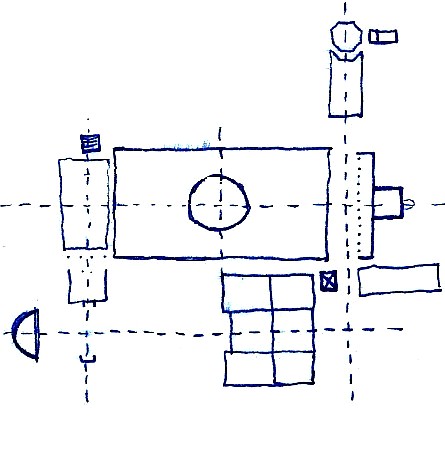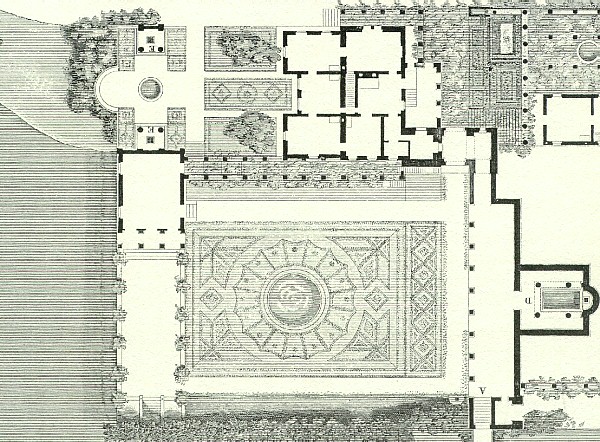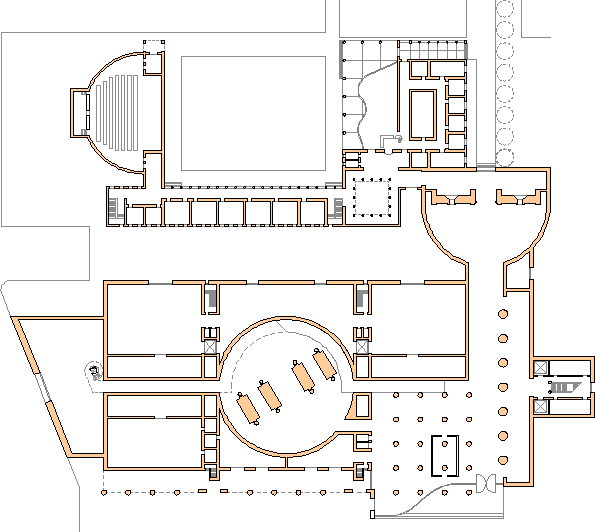2000.02.03
an answer to "Now what?"
What architecture is extreme?
What architecture is fertile?
What architecture is pregnant?
What architecture is assimilating?
What architecture is metabolic?
What architecture is osmotic?
What architecture is electromagnetic?
What architecture manifests the highest frequencies?
What I've found so far is that some architectures fall straight into some of the categories above while some architectures are categorical hybrids. Here are some examples:
The Pyramids, Stonehenge, St. Peter's (Vatican), Bilbao(?)--extreme architectures.
The Pantheon, Hall of Mirrors, Versailles, entry sequence of Schinkel's Altes Museum, Kimball Art Gallery--examples of the best osmotic architecture there is.
Classical Greek and Roman Architecture--pure architecture of fertility.
The Hindu Temple--the ultimate transcendence from an architecture of fertility to an architecture of pregnancy, whereas the Gothic Cathedral is an architecture of pregnancy, albeit virginal.
All of 20th century Berlin--the metabolic (create and destroy and create and destroy and ...)
To understand architecture of assimilation, look at the Renaissance, but also look to early 20th century Purism to understand assimilation in the extreme, i.e., purge.
Today's architectures are by and large assimilating and/or metabolic (contextual and/or 'deconstructivist'?).
You're very lucky if you ever see pure examples of electromagnetic or highest frequency architectures today because they are almost entirely architectures of the far off future.
There are many more examples to offer, but that's all for now. In general, I see all architectures as reenactionary (as opposed to reactionary).
Architecture reenacts human imagination, and human imagination reenacts the way the human body is and operates. The human body and the design thereof is THE enactment. The human imagination then reenacts corporal morphology and physiology, and architecture then reenacts our reenacting imaginations.
| |

Court Gardner's House - Römischer Bäder schematic plan.
| |
Museum of Architecture Venice schematic plan.
a
b
c
d
| |
...the development of one project, but which in the meantime and almost like a cell division has become two projects. . . . a kind of permanent dialectical confrontation between on the one hand the search for form and on the other hand the process of fitting program into this form. I also want to show some context and reveal some of the strange things that can trigger and inspire in architecture. It is a very strange process that combines psychology with a kind of scientific investigation and of course a lot of what I can only describe as opportunism.
. . . we simply thought that we could use the concept that we had thought up for the house, but this time for a concert hall.
In the beginning we were shocked and members of the office were shocked that we could be so cynical. And that what had seemingly been specifically for one aim could be suddenly turned opportunistically into something completely different. But the more we thought about it and the more we looked--because at this point the visual becomes the dominant force--the more appealing it became to simply shift scales and use all the earlier research as a form of immediacy and maybe it could be actually exciting to do it that way.
Rem Koolhaas, "Transformations" in OMA@work.a+u (1999.06.25).

|



